How to Clean a Stainless Steel Sink? A Complete Guide

Title

Title
The Importance of Cleaning Your Stainless Steel Sink
Benefits of Regular Cleaning

Gathering Your Cleaning Arsenal: Essential Tools and Supplies

The Art of the Clean: A Step-by-Step Guide

Daily Maintenance Tips for a Lasting Shine
Stainless Steel Cutting Boards: Allies in the Kitchen Fight
Benefits of Stainless Steel Cutting Boards:

Related Products



